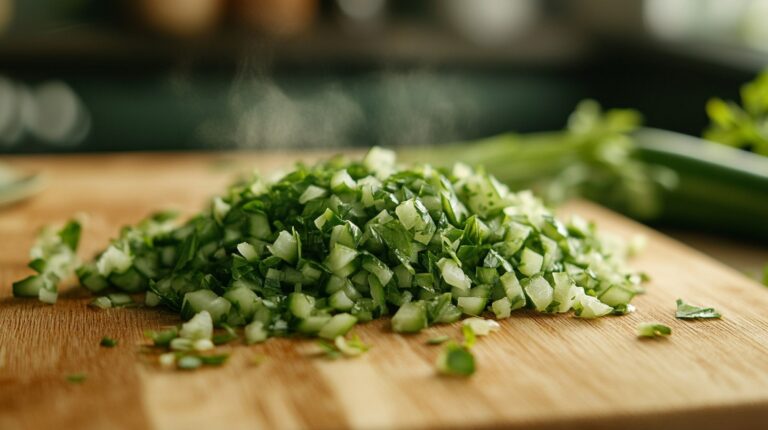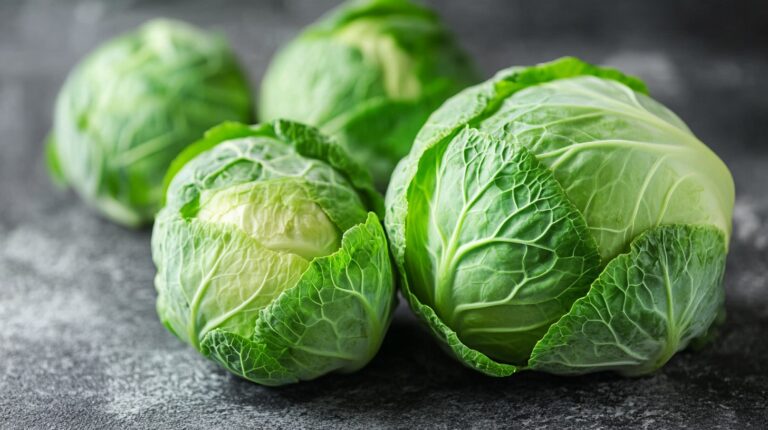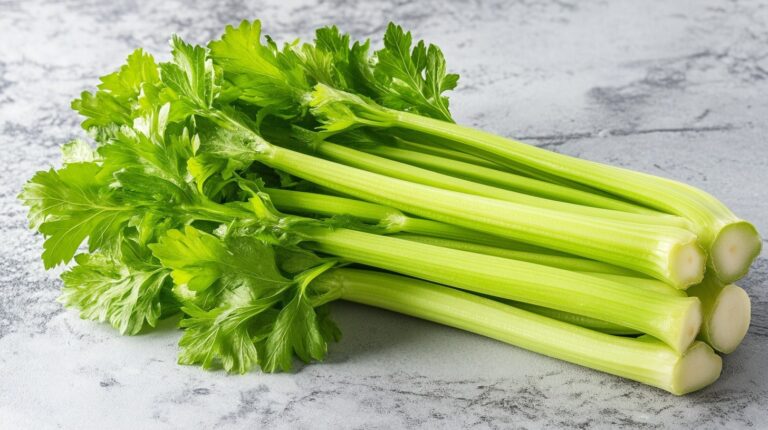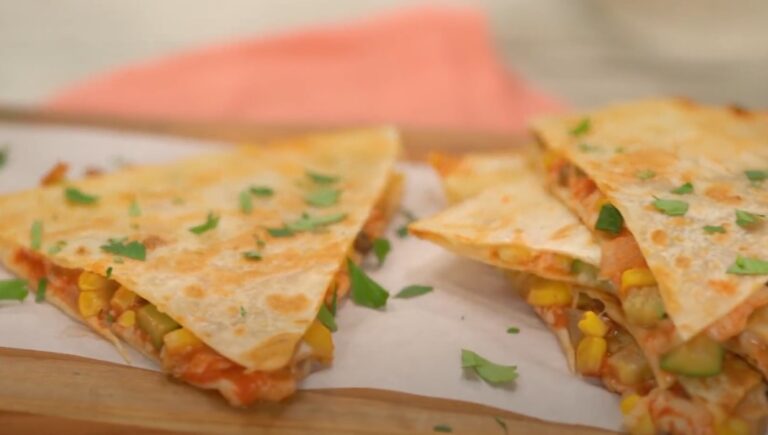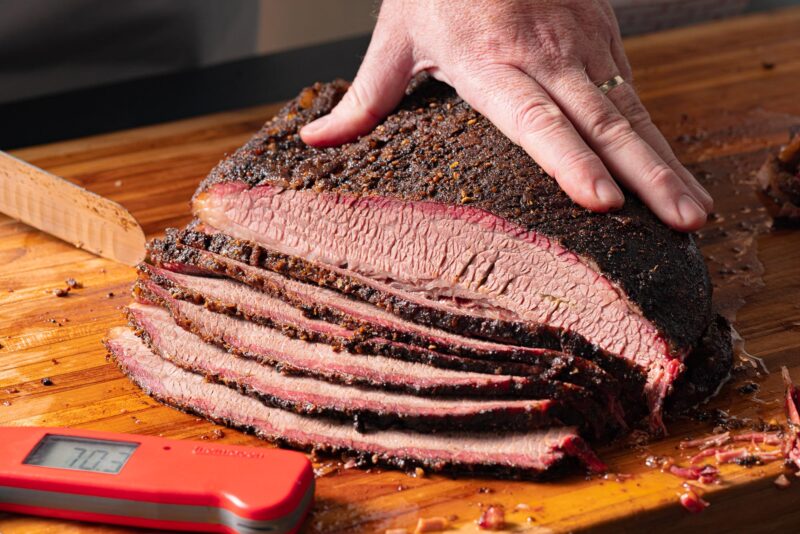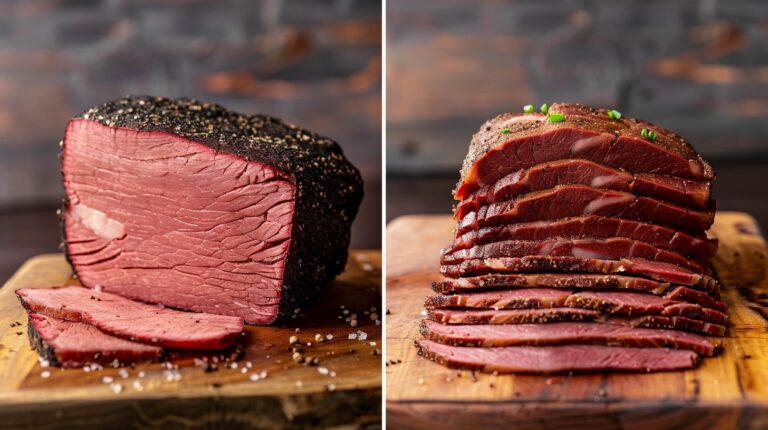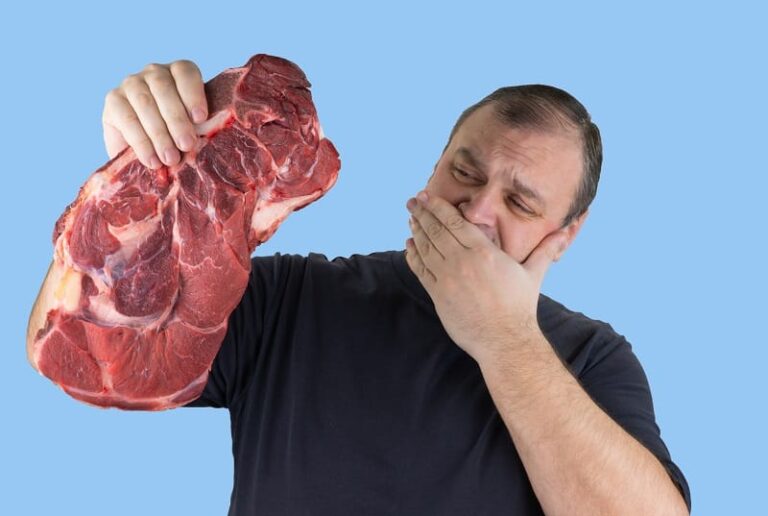When it comes to beef, brisket is a top pick for many of us. But here’s the thing: depending on where you are, it might have a different name. Knowing these names can be a game-changer when you’re trying to find this delicious cut. In this guide, we’ll check out 10 alternative names for brisket and share a bit about each one. Let’s get started!
1. Flat cut
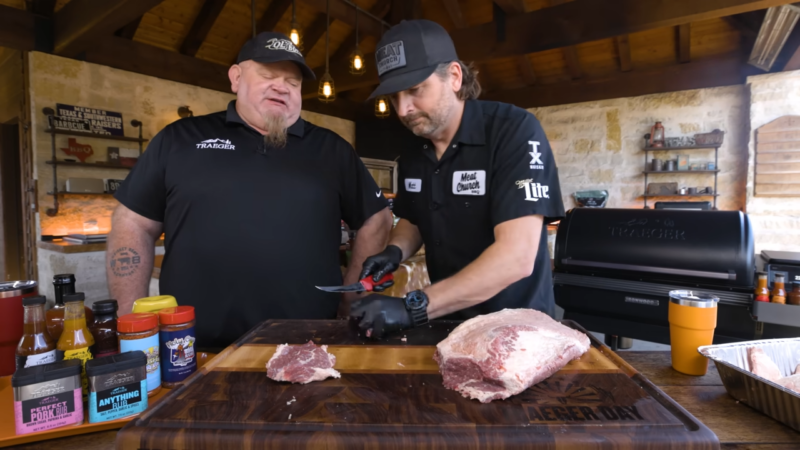
The flat cut, also known as the first cut, is a brisket favorite in the U.S. It’s the leaner part, making it easy to slice and perfect for corned beef. The cut is rectangular and flat—hence the name—and ideal if you prefer less fat in your meat. Because it’s lean, it’s a great choice for a healthier meal without losing out on flavor.
Its consistent shape makes it easy to cook evenly and serve in nice, uniform slices. You’ll often see the flat cut in dishes that need a good presentation.
2. Point cut
The point cut, or second cut, is the brisket’s fattier part. Also called the deckle, this cut is full of flavor and super juicy, making it perfect for shredding or making burnt ends. Its irregular shape can be a bit tricky to handle, but the rich, marbled meat is totally worth it.
BBQ fans love the point cut because it stays moist during long cooking times and absorbs smoke like a champ, giving it that deep, smoky flavor we all crave.
3. Packer cut
The packer cut, or whole packer, includes both the flat and point cuts. It’s the go-to for serious BBQ lovers who want the full brisket experience. You get a mix of lean and fatty portions, offering the best of both worlds.
Cooking an entire packer brisket can be a bit intimidating due to its size, but it’s the ultimate way to enjoy all the flavors and textures this meat has to offer.
4. Texas brisket
Picture this: a packer cut brisket, simply seasoned with salt and pepper, then smoked low and slow for hours. This method brings out the meat’s natural flavors in the best way possible. Texas BBQ is all about keeping it simple and letting the meat shine without overloading it with seasonings.
The end result? A tender, juicy brisket that practically melts in your mouth. You’ll find this style of brisket at BBQ joints all over Texas, usually served with classics like coleslaw and potato salad.
5. Corned beef
When brisket gets a salt and spice cure, it turns into corned beef, a favorite in Irish and Jewish cuisines. The curing process gives the meat that unique flavor and pink color we all love. Corned beef is a St. Patrick’s Day staple, but it’s cherished year-round in many kitchens.
This magic happens by soaking the brisket in a brine for several days, letting those flavors really sink in. The result is a tender, flavorful meat that’s great for boiling, baking, or slow-cooking.
6. Pastrami
Pastrami is another name for brisket that’s been cured, but it’s also smoked and often coated in spices. It’s a staple in delis, especially in New York. This preparation gives the meat a smoky, spicy flavor that’s irresistible in a sandwich.
The process of making pastrami involves many steps, including curing, seasoning, smoking, and steaming. Each step adds layers of flavor, resulting in a complex and delicious product. Pastrami is typically served thinly sliced and piled high on rye bread, typically with mustard and pickles.
7. Deckle
The deckle is another name for the point cut, popular in certain regions. This term highlights the fatty, flavorful nature of this brisket part. It’s a top choice for making burnt ends, a BBQ favorite. The high-fat content in the deckle makes it perfect for slow-cooking methods that let the fat render out, giving you rich, tender meat.
Burnt ends from the deckle are crispy on the outside and melt-in-your-mouth tender on the inside. They’re typically served on their own or as part of a BBQ platter.
8. Jewish brisket
Jewish brisket usually means a braised dish that’s popular in Jewish cuisine. This dish features brisket slow-cooked with onions, carrots, and a rich sauce, making it perfect for holidays and family gatherings. The braising process tenderizes the meat and infuses it with the flavors of the sauce and vegetables.
Jewish brisket is a traditional dish for holidays like Passover and Rosh Hashanah, where it’s the star of the meal.
9. Pot roast
In-home cooking, brisket can sometimes be called a pot roast. This term refers more to the preparation method, where the brisket is slow-cooked in a pot with vegetables and broth until tender. Pot roast is a comfort food classic, known for its hearty, homey flavors.
Typically, the brisket is seared first to lock in the juices, then simmered with vegetables like potatoes, carrots, and onions. The slow cooking process breaks down the tough fibers in the meat, resulting in a melt-in-your-mouth texture.
10. Smokehouse brisket
Smokehouse brisket is all about the smoking process, a key BBQ technique. This term is often used in BBQ restaurants and competitions, emphasizing the smoking technique and flavor profile. Smokehouse brisket is typically seasoned with a simple rub and cooked over low, indirect heat for several hours.
The smoke gives the meat a deep, rich flavor that’s unique to BBQ. This style of brisket is typically sliced and served with classic BBQ sides like baked beans, coleslaw, and cornbread.
In summary
Brisket might have a bunch of different names, but one thing’s for sure: it’s always delicious. Knowing these names helps you really get why this cut of beef is such a favorite.



